
Deep in southeastern Georgia, the Okefenokee Swamp stirs the imagination long before its waters come into view. To the Creek people, it was the “land of the trembling earth” for the way its peat beds shift underfoot this vast blackwater wilderness is both a living museum of ecological processes and a cultural time capsule. Now, with its nomination for UNESCO World Heritage status, the swamp stands on the threshold of joining the world’s most celebrated natural treasures.
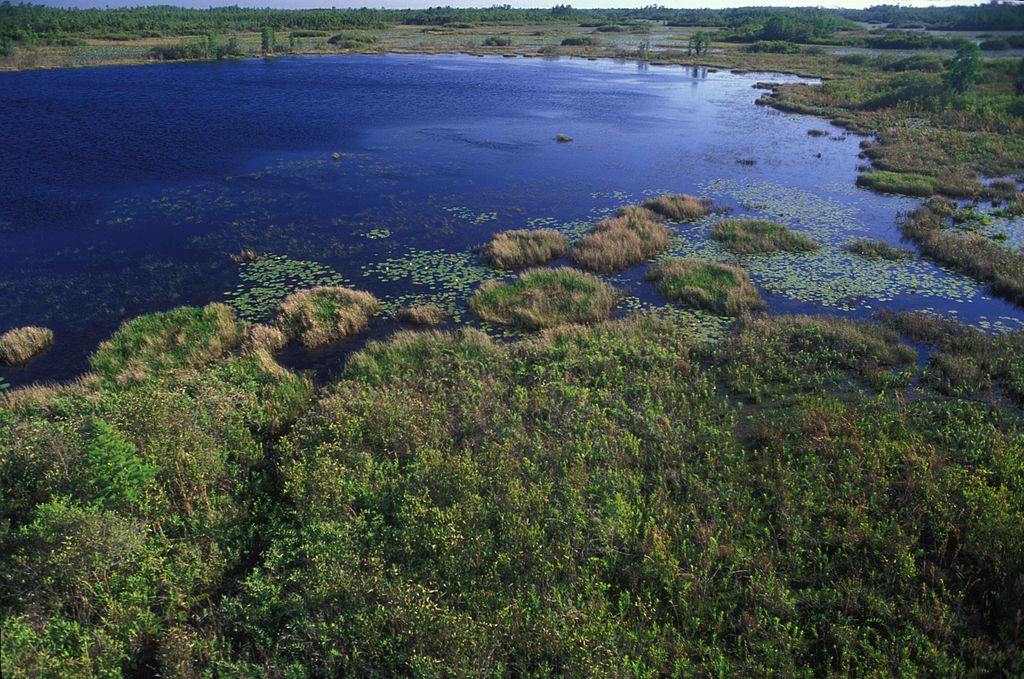
1. A Blackwater Giant of Global Importance
At over 400,000 acres, the Okefenokee is the largest blackwater swamp in North America and among the world’s largest intact freshwater ecosystems still existing in the temperate zone. The dark waters, steeped in centuries-old peat, contain millions of tons of carbon and preserve environmental records dating back 5,000 years. The refuge contains 21 distinct vegetative types, according to the U.S. Fish and Wildlife Service, including cypress forests and longleaf pine savannas, supporting over 1,270 species of plants and animals.

2. Road to UNESCO Recognition
Announced by the Department of the Interior in late 2024, this nomination comes after decades on the U.S. tentative list. If inscribed, the Okefenokee would join 26 other U.S. sites, including Yellowstone and the Everglades. “This nomination is a recognition of the refuge’s unparalleled natural and cultural significance,” Secretary Deb Haaland said. UNESCO designation would bring no change in U.S. sovereignty or site management but might attract increased global interest, tourism, and conservation support.
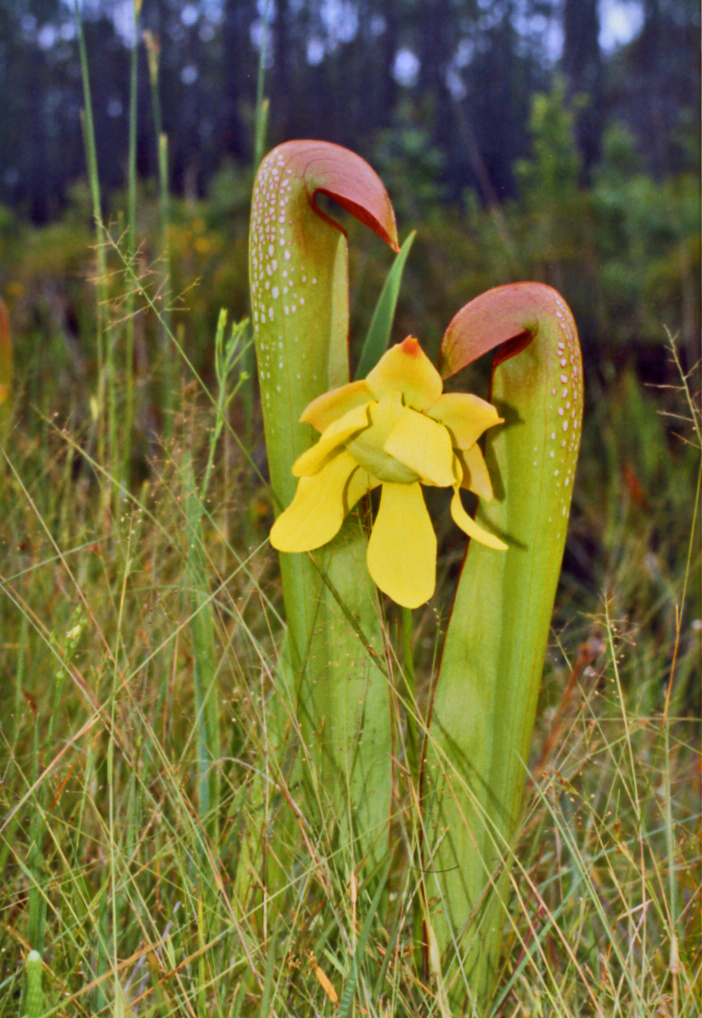
3. Biodiversity Hotspot
The swamp falls within the North American Coastal Plain-a global biodiversity hotspot. It harbors 14 percent of the region’s plant species and 29 percent of its animal species, including rare carnivorous plants such as the giant Okefenokee pitcher plant, endangered birds such as the wood stork, and a healthy population of Florida black bears. Herpetologists prize its diversity 25 percent of the Coastal Plain’s reptile species and 32 percent of its amphibians live here. And then there are the alligators-an estimated 15,000 of them, a presence felt on every boat tour and paddle trail.
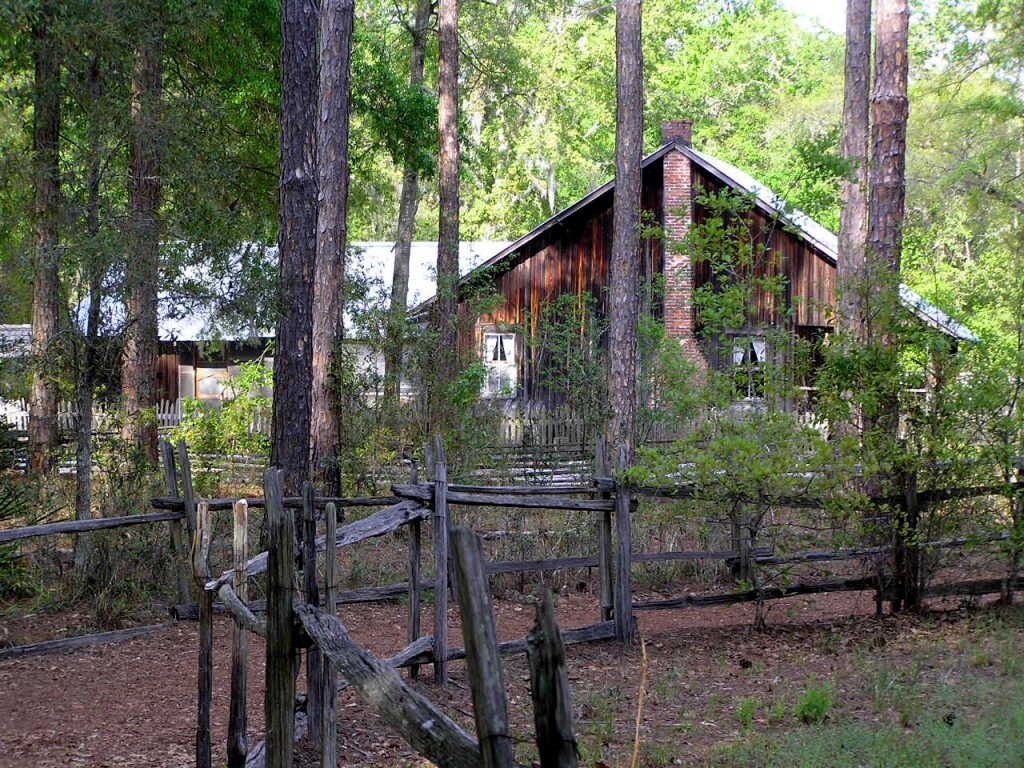
4. Native Origins and Settler Survival
Long before the first European settlers arrived, Indigenous peoples lived and prospered in the Okefenokee, leaving behind artifacts and earthworks. In the mid-19th century, pioneers like W. T. Chesser carved homesteads out on islands within the swamp. Preserved, the Chesser Island Homestead gives insight into subsistence life fields of sugarcane, hand-built pine houses, and syrup sheds in which families boiled juice from dawn to dusk. Visitors can walk along the same paths once trodden by barefoot children on their way to school, past unmarked Native mounds holding centuries of history.
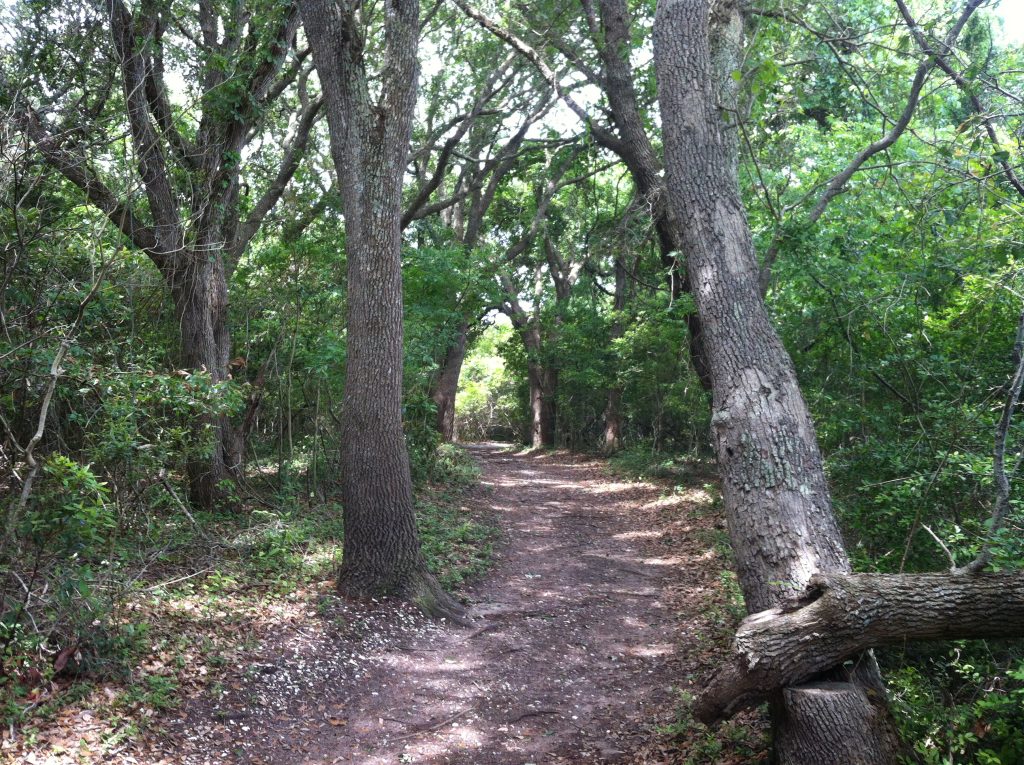
5. Visitor Gateways and Experiences
Three major entrances introduce various faces of the swamp. Stephen C. Foster State Park in Fargo offers trails, cabins, and a certified gold-tier Dark Sky Park for stargazing. The Folkston entrance offers easy access to boat tours and interpretive programs the Waycross entrance offers a more developed hub with shops and eateries. The Swamp Island Drive is a seven-mile loop that takes visitors through varied habitats leading to the Chesser Homestead.
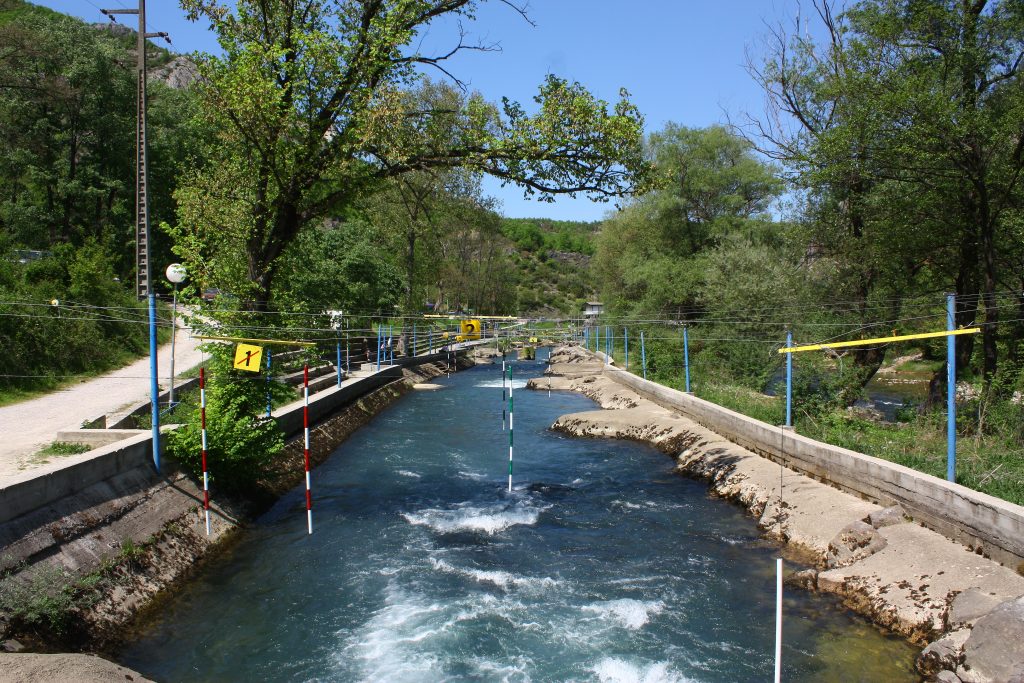
6. Water Adventures
Guided boat tours glide along mirror-like channels where herons stalk the shallows and gators bask on peat banks. For the self-reliant, there are 120 miles of water trails awaiting kayaks and canoes-from short paddles to multi-day wilderness trips with overnight stays on raised platforms. As one paddler recalled after counting over 120 gator sightings on a single trip, the thrill of proximity to the swamp’s wild residents is tempered by respect-and caution.

7. Seasonal Events and Cultural Celebrations
The swamp calendar combines natural spectacle with community tradition. Spring brings the “Swamper’s Guide to the Galaxy” stargazing program in October, the Okefenokee Festival in Folkston celebrates regional heritage with talks, music, and the spirited “Swamp Hollerin’ Contest.” Pioneer Days at Chesser Island feature cane syrup making demonstrations, traditional crafts, and period games in November.
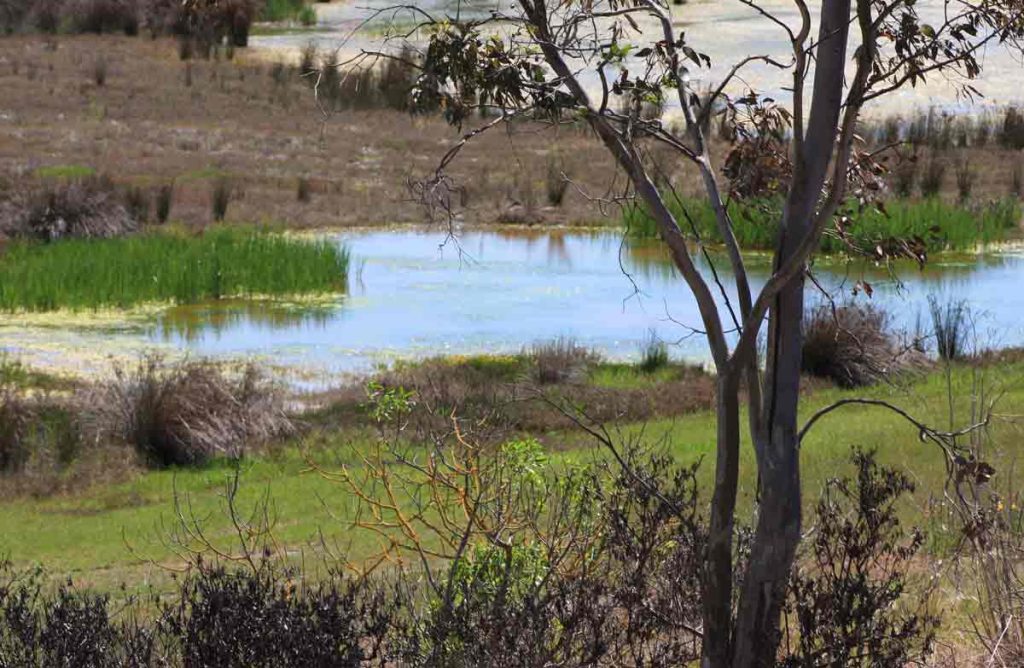
8. Conservation: Challenges and Successes
Its boundaries have repeatedly been threatened by mining proposals, but recent victories such as the $60 million purchase by the Conservation Fund from Twin Pines Minerals have protected key areas. Adding 22,000 acres onto the refuge will reinforce its resilience to such external pressures and ensure that the hydrological integrity of this wetland is preserved for generations.
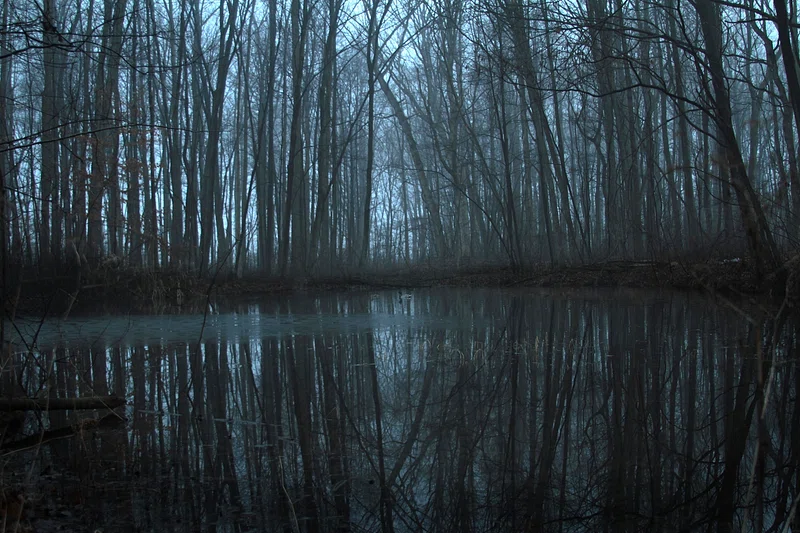
9. The Allure of the Dark Sky
At night, it is a completely different Okefenokee. Under the gold-tier certification of Stephen C. Foster State Park, the absence of light pollution reveals a sky full of stars, planets, and meteor showers. Rangers lead nighttime programs, connecting visitors to celestial wonders and nocturnal life in the swamp. “You don’t realize how many ambient noises there are in the world until you get away from them,” said assistant park manager Allie Ellis, speaking of the peace on its waterways at sunset.
From the trembling earth to its star-filled skies, the Okefenokee Swamp offers a rare combination of ecological grandness, depth of culture, and immersive adventure. UNESCO recognition is coming and its story is about to reach the world, but at heart, it will be forever in the quiet ripple of blackwater beneath ancient cypress.


